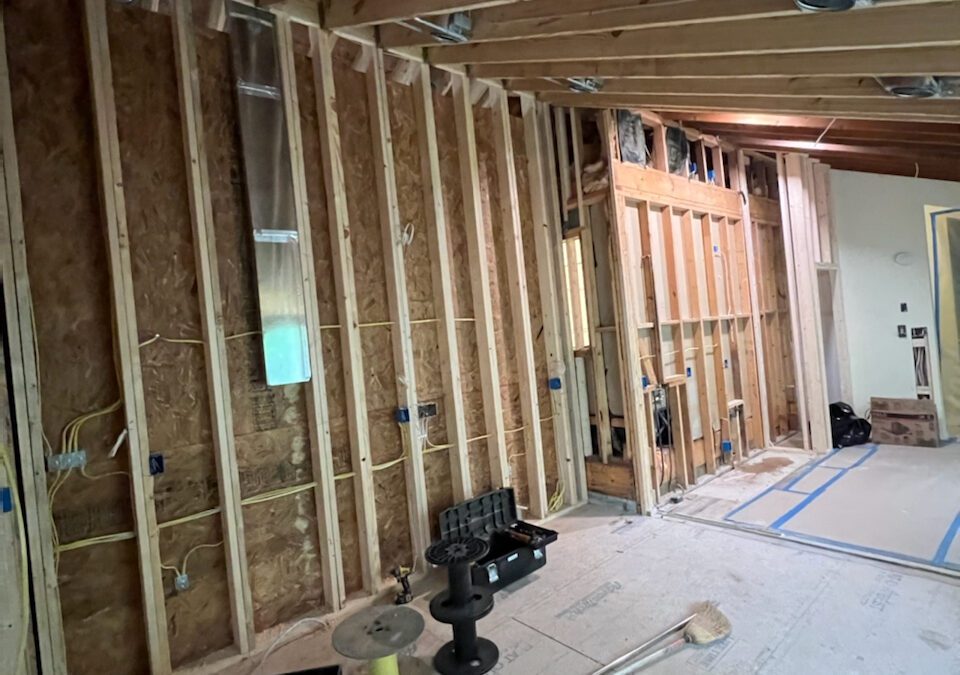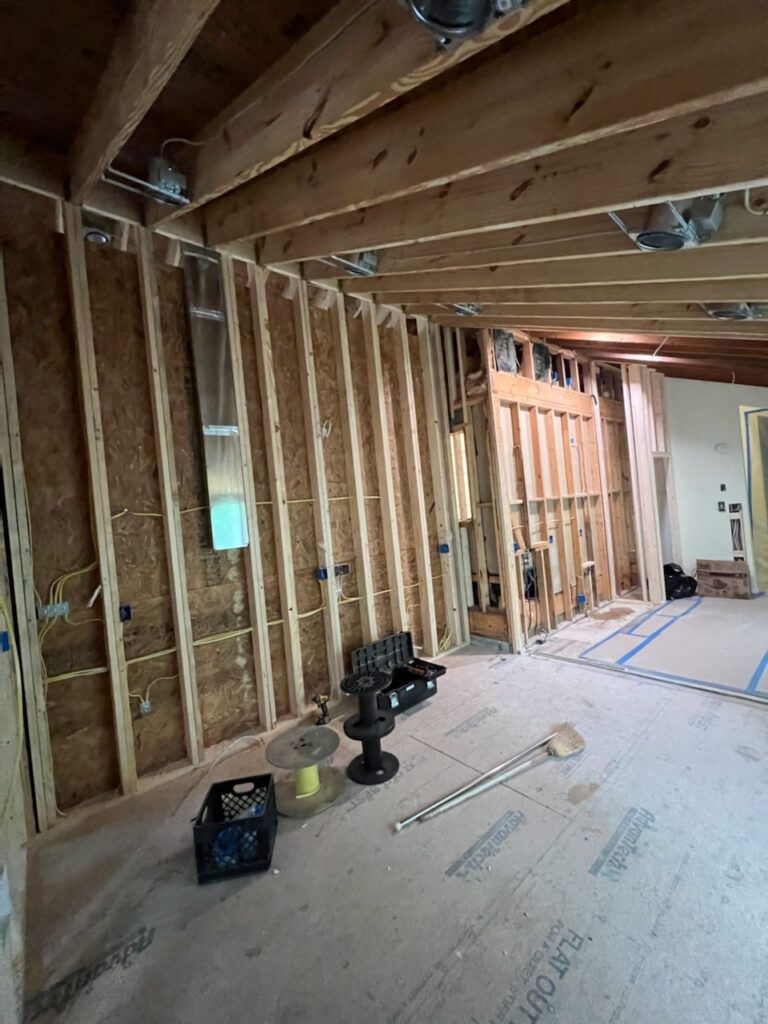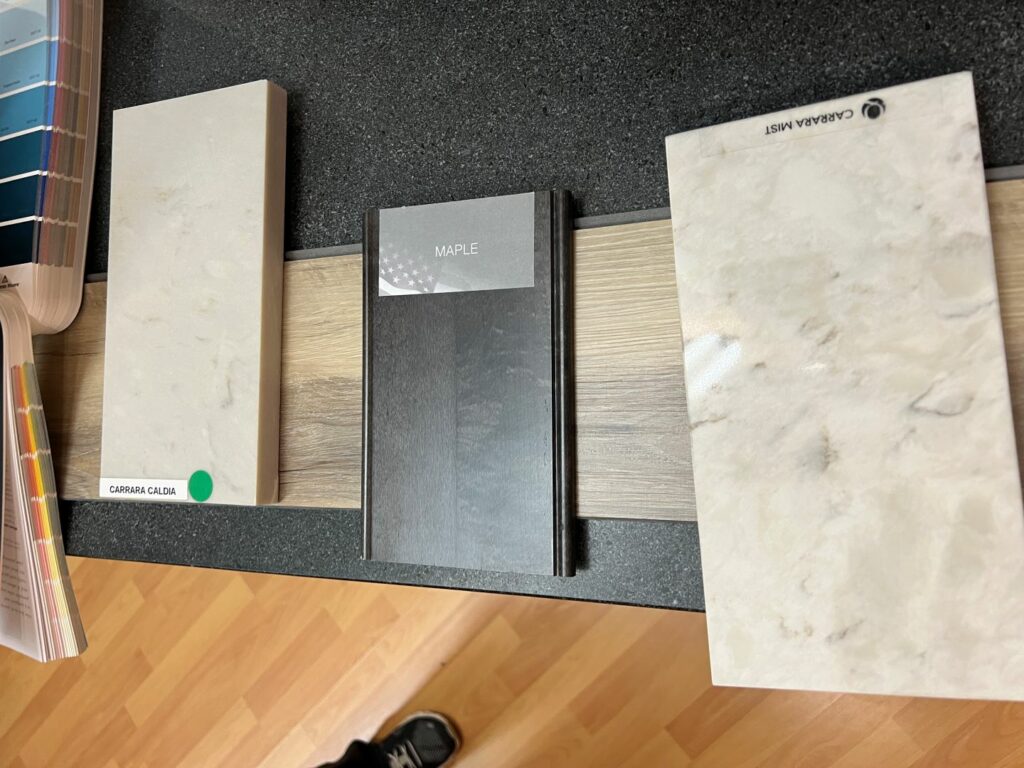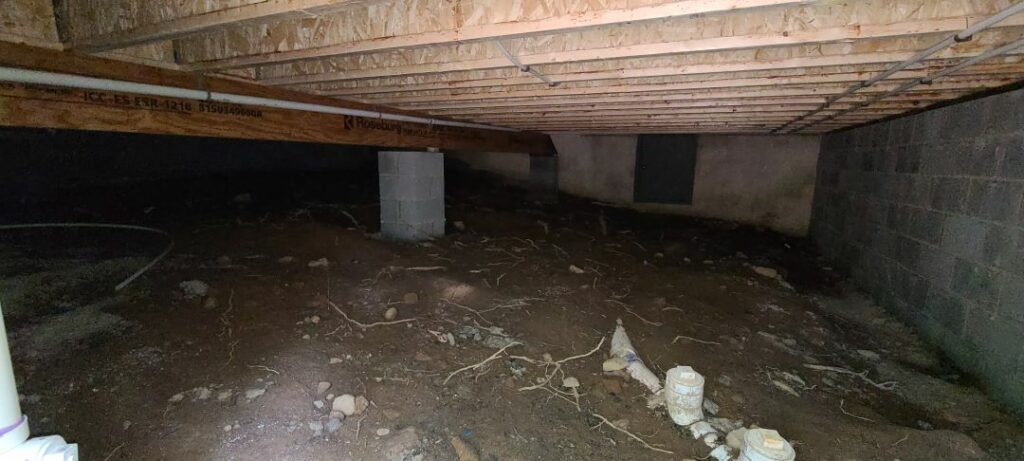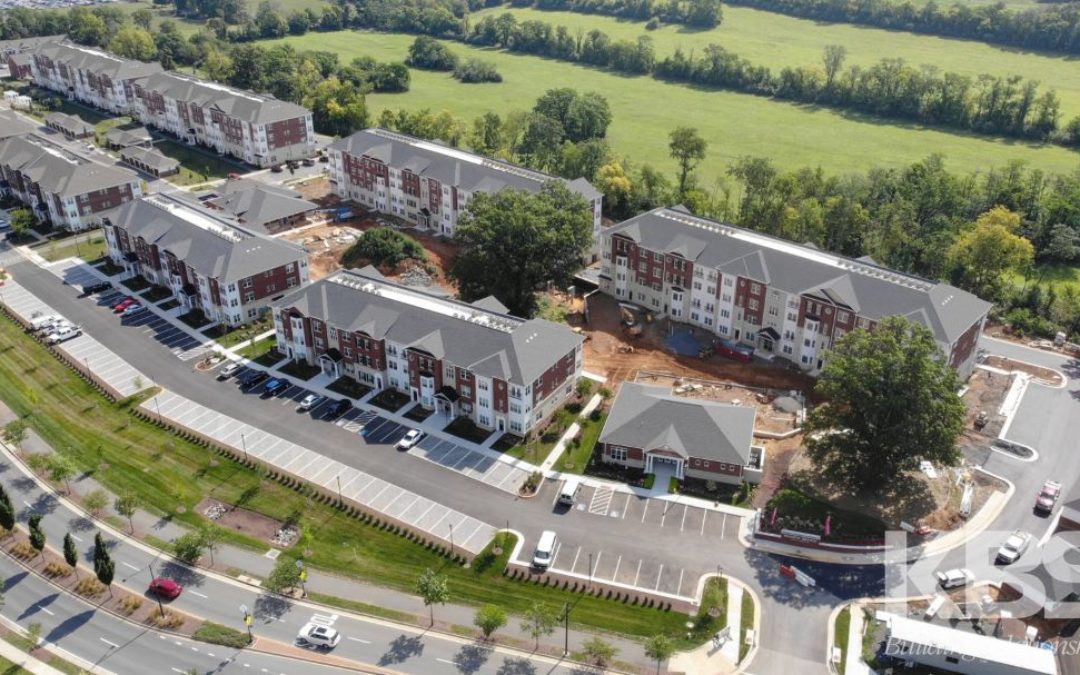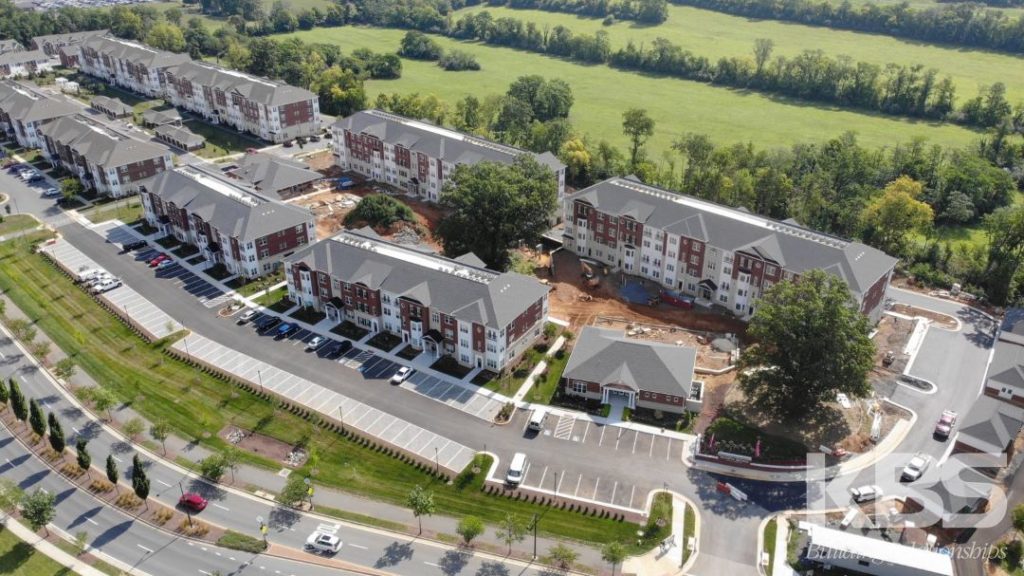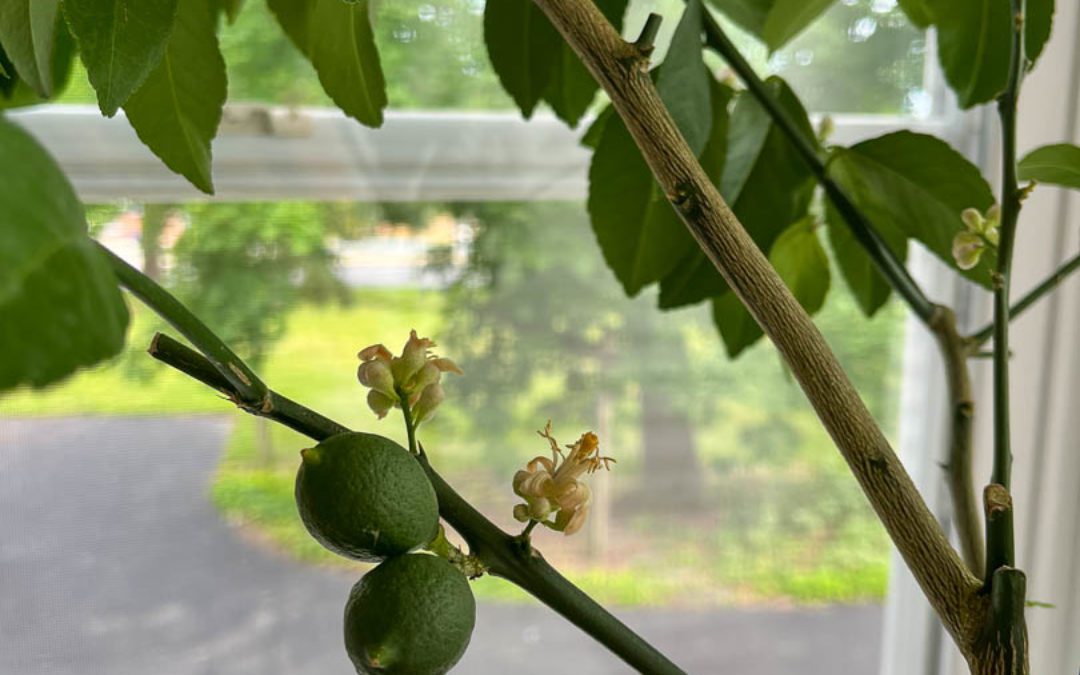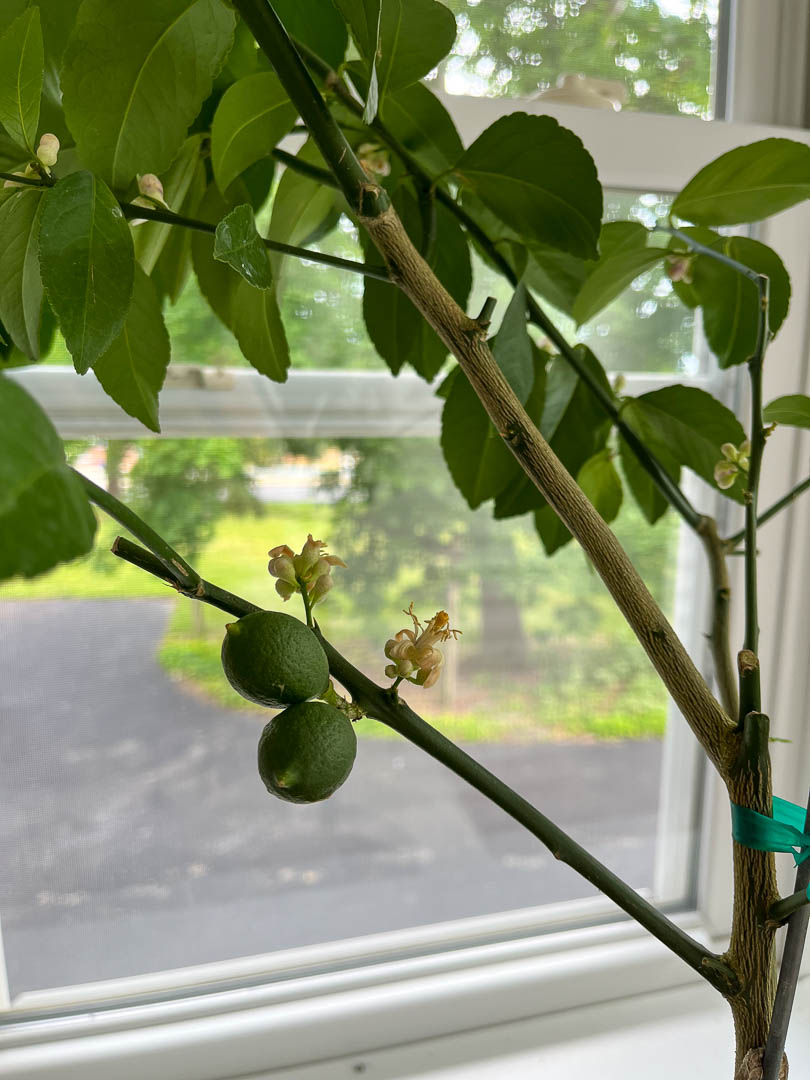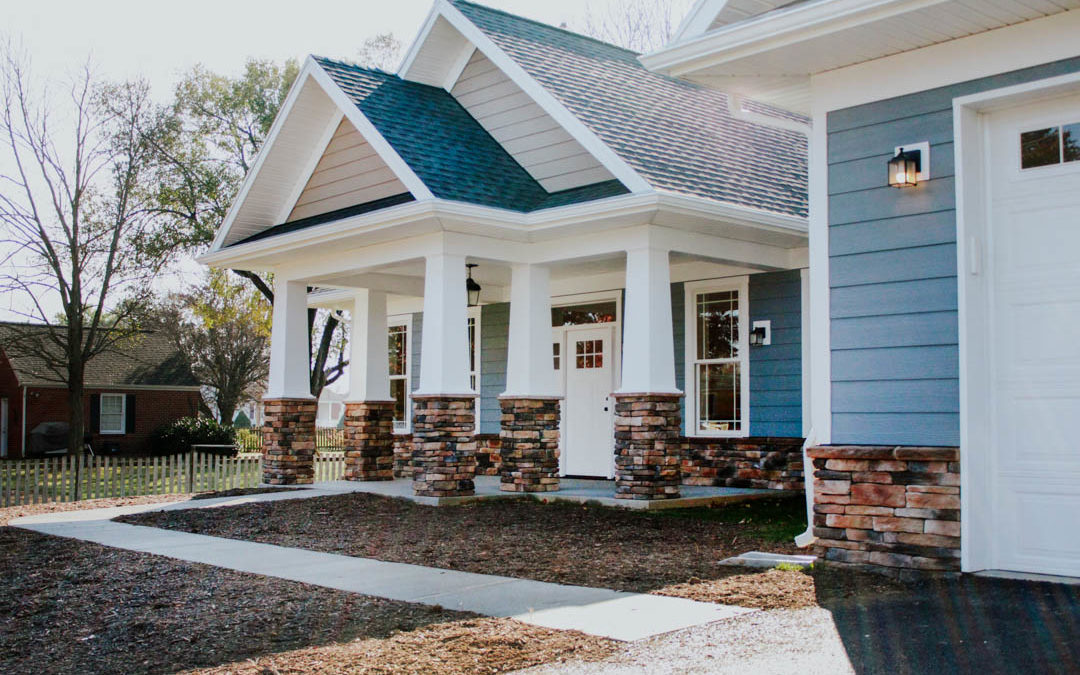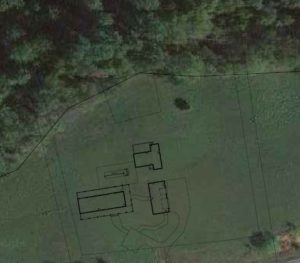
by cbhendricks | Aug 5, 2024 | community, resources
Over the years, we have been grateful to learn more about dementia and dementia-friendly design through our clients, personal experiences, and dementia-friendly business trainings with Valley Program for Aging Services (VPAS) – we would highly recommend their Dementia Friends Training! Through this training, we are proud to have received the certification of “Dementia Friendly Business.” We are motivated to create a business that is dementia-friendly, continue learning, and integrate these important design considerations into our projects.
If you or your loved ones are interested in learning more about dementia-friendly design, don’t hesitate to reach out to us and we would love to talk with you.
Below, check out the Dementia Friendly Design Guide that we have developed (resource design by Annie Frazier). Download this guide for free at the button below.
Further explanation from VPAS’s Dementia Education Page:
“There is a national movement underway to ensure that people living with dementia have the resources and support they need to live independently and well for as long as possible.
VPAS offers many educational opportunities regarding dementia, and those who participate, help their localities achieve the official designation of a Dementia Friendly Community.
We also offer activities for persons with dementia and those that care for them.”

by Charles Hendricks | Apr 8, 2024 | architecture, resources
When doing a renovation, it is important to take a holistic view of what is possible. Most of the renovation and addition projects we receive start with a challenge such as – we want to add a primary bedroom on the first floor to make our home a lifetime home. This is a great place to start and we love taking on that challenge.

As a full-service design firm, we can evaluate the existing home for structural systems, aesthetics, function,
aging-in-place, and efficiency. We look at how the existing home is built and how to most efficiently add the desired space. We offer aesthetic solutions coupled with building science and efficiency expertise. We think through aging-in-place standards to make the home as adaptable as possible over time.

For many additions or renovations, there is an opportunity to add the right
insulation in the right places and upgrade the
mechanical systems, while making the space functional and beautiful. We don’t stop at picking out just the right tile and cabinets, we make sure the renovation addresses monthly utility bills and the durability of the structure. This holistic approach provides the highest value to our clients for their investment.

If you are thinking about doing a renovation or addition, consider adding durability, indoor air quality, and
comfort to your list of priorities. This brings your investment into a long-lasting value-added proposition.

by Charles Hendricks | Feb 29, 2024 | architecture, resources
By Principle Architect and Multi-Family Director, Adrienne Stronge, and Principle Architect and Business Manager, Charles Hendricks.

Meadow Branch Apartments, a multi-family Luxury Living Community in Winchester. Photo provided by KBS.
In multi-family design, we are designing communities and creating homes for a wide range of people. There are many requirements that must be considered such as code-required fire and egress stipulations, accessibility and fair housing concerns, and individual jurisdiction zoning requirements. For a successful multi-family design project, the goal is to find the balance between minimizing costs and creating inviting communities that rise above your competition, staying occupied and profitable for years to come. Some of our many considerations with initial multi-family design are below.
- Keep your target market in mind.
- Optimizing the site plan for density of units, parking, and resident access is key.
- The site should be comfortable for your residents.
- Building design should be simple but attractive.
- Create as few unit types as possible.
- Building science is an important consideration through the design of the building details.
- Moisture intrusion is a major consideration in all building types, but especially in multi-family construction where any issues could result in costly repairs and unoccupiable units.
- When specifying materials in multi-family construction, the instinct is to use very inexpensive materials to save costs. However, using cost-competitive, durable materials will keep the building working properly longer with less maintenance cost.
- The quality of the drawings and specifications is just as important as the quality of the design.
- Lastly and most importantly, picking a small architecture firm with years of experience in multifamily design can make the process most tailored to you, your site, and your prospective residents.
Keep in mind that the development varies by area, site, budget, and aesthetic goals. If you are considering developing land for a multi-family project, please reach out and we will be happy to share our resource guide.

by cbhendricks | Jun 27, 2023 | Building Science, resources
The sun is shining down this summer and the weather is heating up out there. I’m suddenly more aware of my AC system… and the large amount of money it might be taking out of my wallet. These 7 tips can help you stay comfortable in the hotter temperatures and save money on your electric bill.
7 Tips to save energy and money:
- Adjust your thermostat up a few degrees. This is one we hear a lot. The Department of Energy recommends that you keep the temperature at 78 degrees while people are indoors. It may not be realistic to keep your thermostat set this high for everyone, but try raising the temperature by just a few degrees and see what it feels like. When the temperature inside is close to the outdoor temperature, the less your HVAC system needs to run, saving you money.
- Use those curtains! The sun beating through those gorgeous wide windows of yours can create significant heat in your house. On especially sunny days, draw the curtains and pull down the blinds to block the heat.
- Let your shrubbery grow. The shade from outside landscaping (or inside, pictured left) can block the sun from sunny windows. Plants who prefer full sun do well on the South-facing side of your house, the side that gets the most sun and heat. Their flourishing growth will block your windows from the hottest direction. Your plants will love you and you will feel more cool!
- Replace your HVAC filters. It can take about 2 minutes. Simple as that.
- Use a clothesline instead of a dryer.
- Take shorter, colder showers to save on the water and electric bill. Better yet, install a low-flow shower head.
- Use a ceiling fan instead of turning on the air conditioner. The air moving around the room improves comfort without using a lot of energy.

by cbhendricks | Apr 17, 2023 | aging in place, Charles Hendricks, resources
Charles recently joined Beth Bland of Valley Program for Aging Services (VPAS) on the WSVA Early Mornings podcast to talk about Aging in Place. As a certified Aging in Place Specialist since May 2012, Charles has had many years of experience making these considerations, both professionally and through personal experience with family. In the episode, he addresses questions regarding everything from the basics of what Aging in Place is to specifics of what you can do to implement these modifications.
We begin this Aging in Place blog series with definitions and ways to begin, summarized from the episode, and will expand on the process of design implementation in further blog posts.
What is Aging In Place ?
Aging in Place is all about making a home adaptable as we all inevitably age and have abilities that change. Not only is this design approach about aging but it’s designing for a wide range of abilities. This sort of design can be added to your existing home or built into a new one. It doesn’t have to be a large-scale renovation and can be as simple as adding a towel bar to your bathroom that functions dually as a grab bar.
How does this differ from ADA compliant design?
Often ADA design and Aging in Place modifications overlap, but Aging in Place is centered around customizing for you and your experience. It expands beyond simply meeting the bare minimum requirements of basic building codes to creating something unique and beautiful for your day to day life (In another blog, we will discuss the misconception that Aging in Place design can’t be aesthetically pleasing).
Not only is Aging in Place customized around each individual’s physical design needs, but the entire process can be customized around your needs and might include financial, location, and relational considerations.
Why might I need an Aging in Place designed home?
All of us experience changes as we age and simply through life’s ups and downs. When possible, it’s better to plan ahead for life’s variability and unexpected times. Some things you might consider adaptations for are:
- balance issues
- reduced vision
- reduced hearing
- decreased mobility
- reduced mental capabilities
- loss of strength or endurance
The Planning Phase:
What questions should I consider for where to begin?
- What are the needs for your specific situation and what might you need in the in the future?
- Can your current house be adapted to what your needs will be?
- What are you able to do financially?
- Do you want to renovate or move to a new house?
- Do you have a budget?
- Do you live in a location that can support transportation needs changing, such as being near a bus station?
- Could a family or nurse live with you in this place?
Who can I talk to in advance to answer these questions and help start the process?
Because Aging in Place is so customizable, not all of these people will be pertinent to you, but these are some options to begin.
- Architect: to assess how adaptable your house is
- Contractor: for pricing
- Professionals for more specific needs:
- Occupational Therapist: for specific/personal adaptations
- Financial Advisor: to discuss budget
- Realtor: if moving location
Making things even easier, we have a wealth of knowledge right here in the Valley with many professionals that are experts on Aging in Place! Here are some places to go for more information on making a home aging friendly
You can listen to the full episode here: Issues in Aging with Beth Bland of VPAS and Charles Hendricks of The Gaines Group talk about Aging in Place. It’s a short 25 minutes that is definitely worth a listen. #DesignMatters

by Charles Hendricks | Feb 13, 2023 | architecture, resources
When should I do a site analysis?: A real-world example
We were asked to do some site analysis before our client put in an offer on a beautiful building lot. We often start a project with a client that has already purchased their dream lot, and we are able to sculpt the building site to make their home just right. If the lot is large enough or their home is small enough, it works without any major challenges. However, if you are evaluating multiple lots that seem perfect, have a lot that might have some challenges to fit your dream home, or you are just unsure of what to look for in a perfect lot, we can do site analysis before you buy the land.

Working with Realtors
Many realtors hesitate to bring in another voice into the purchase process, but the ones dedicated to serving their clients the best will always call on other experts to help answer questions. Michael Kalman, REALTOR® with Valley Realty Associates, gave us a call to find out if we had time to assist his clients that wanted to see if the lot they found was the lot for their dream. With Michael’s help, we gathered the survey, evaluated the site virtually, read the neighborhood covenants, and discussed the building goals with our client. From that meeting, we were able to develop a schematic layout for their future build. Next we traveled to the building site to confirm our assumptions – it is important to see the land and spend some time on the land when doing this evaluation.

What happens after the visit?
After this visit we made some changes to the layout, made some calls to learn more about available utilities, and did additional virtual evaluation. From that data collection, we were able to give our client a good idea of the potential of the lot and some preliminary budget costs to do the development. While this can mean time (and money) spent on a site that our client decides not to buy, it also gives peace of mind when negotiating the price they are willing to invest in this land.






